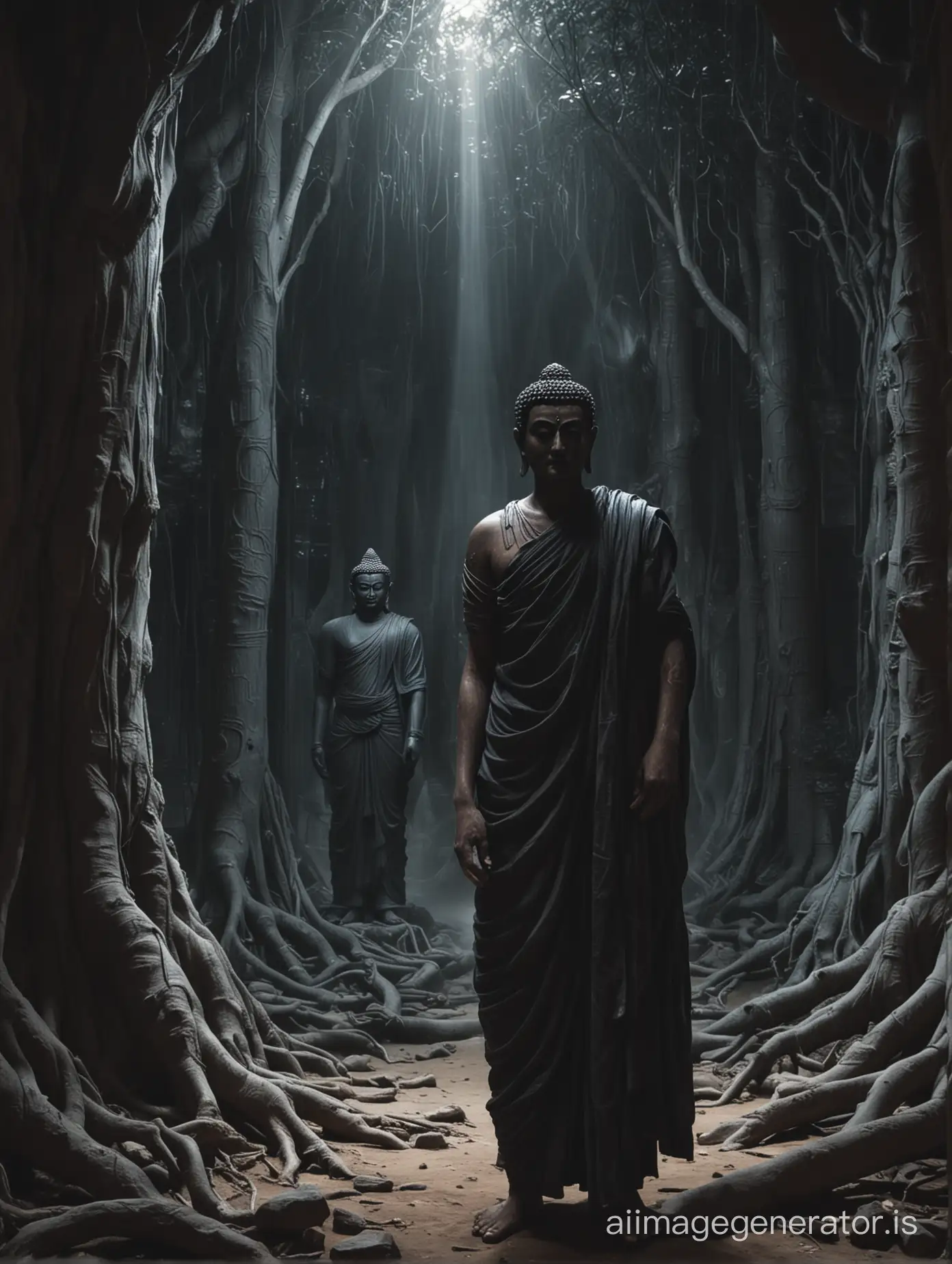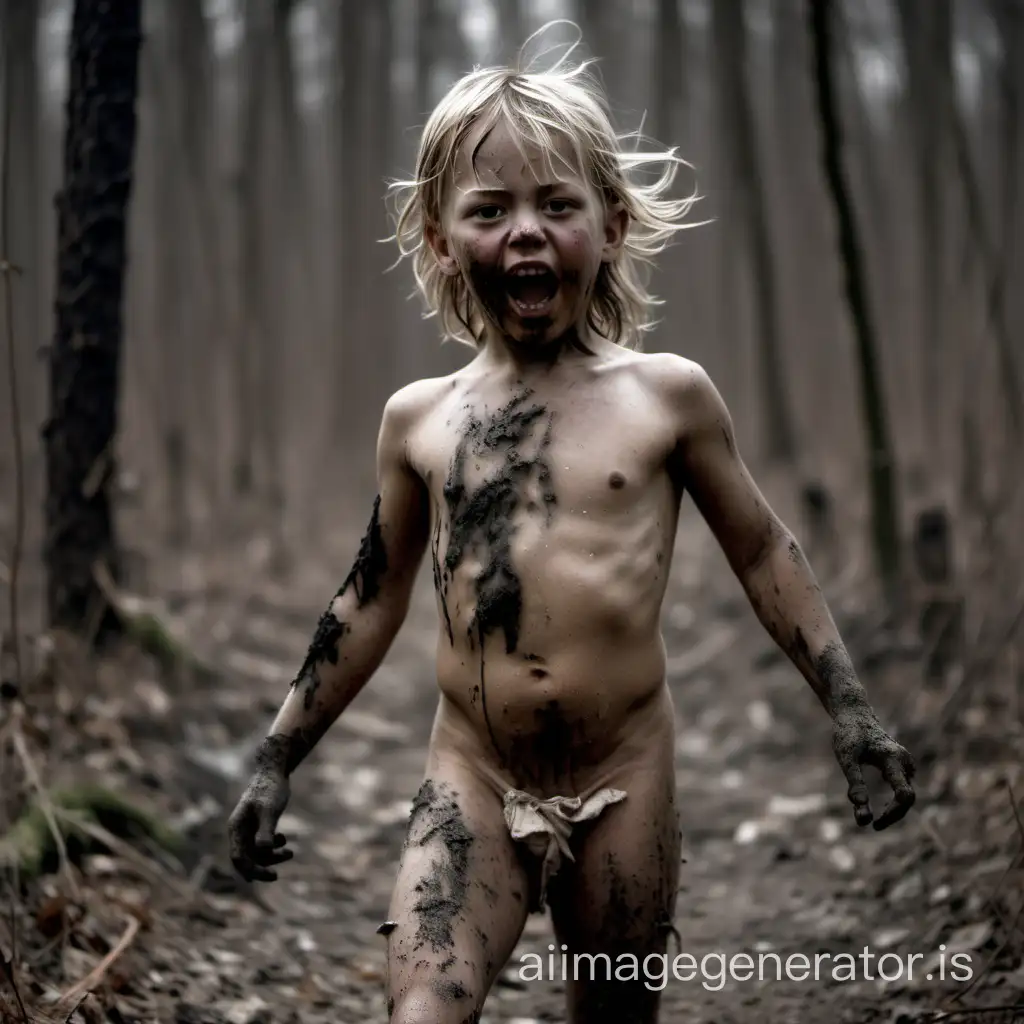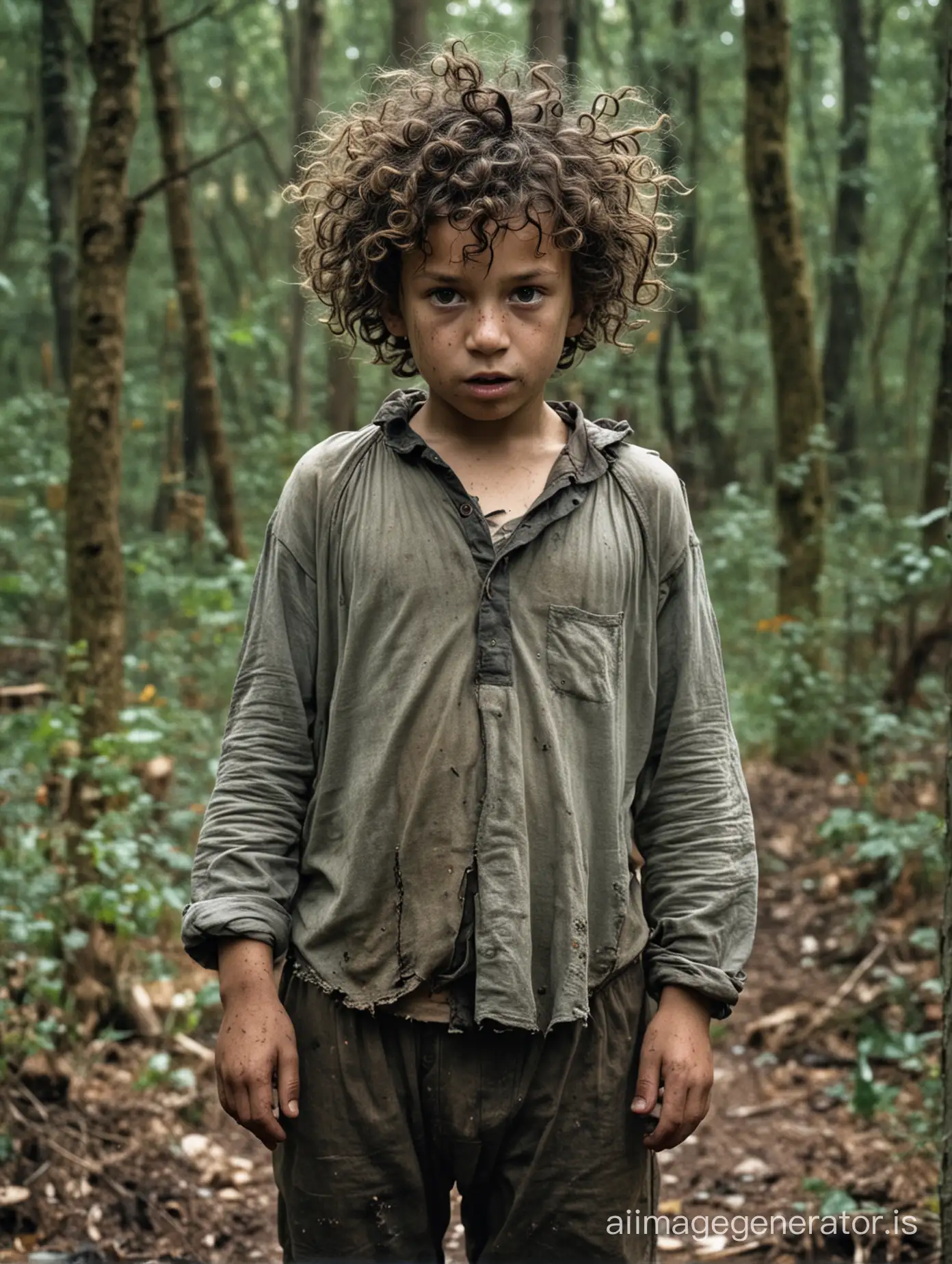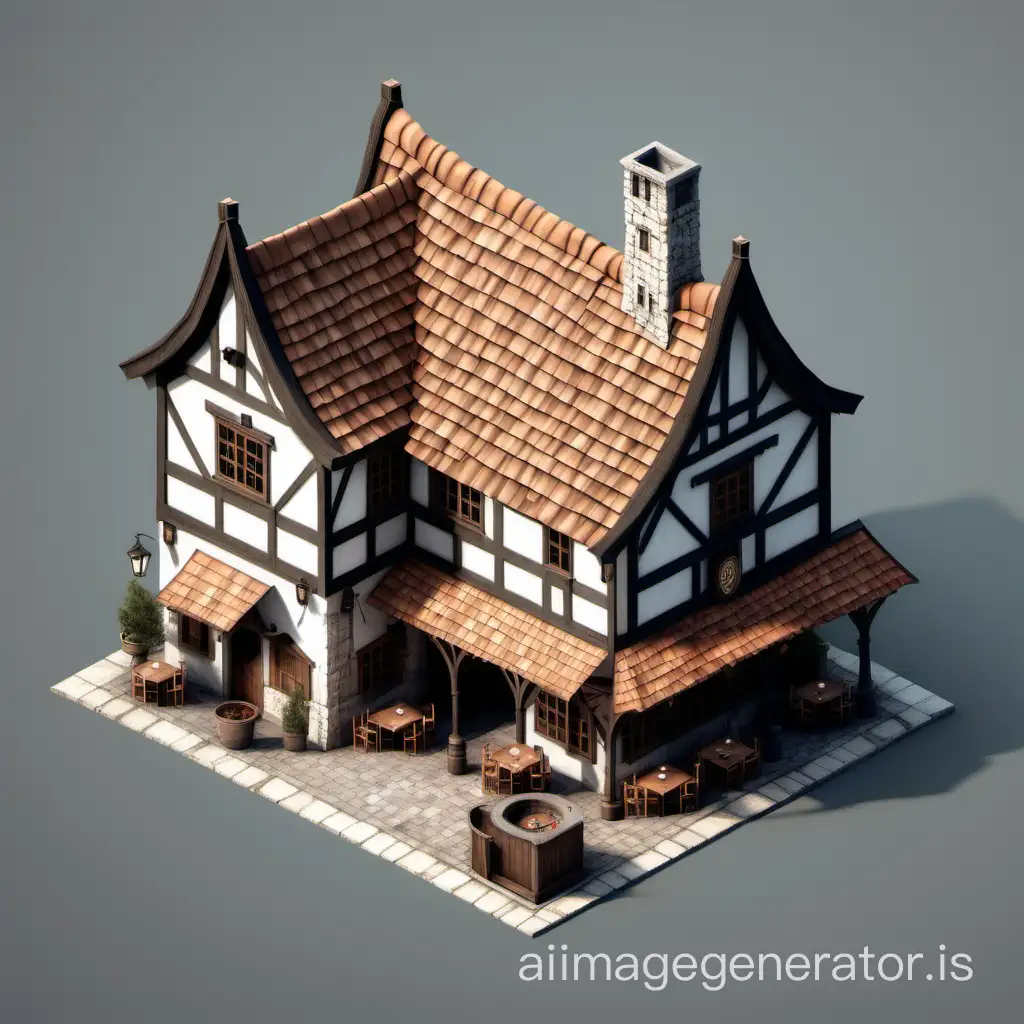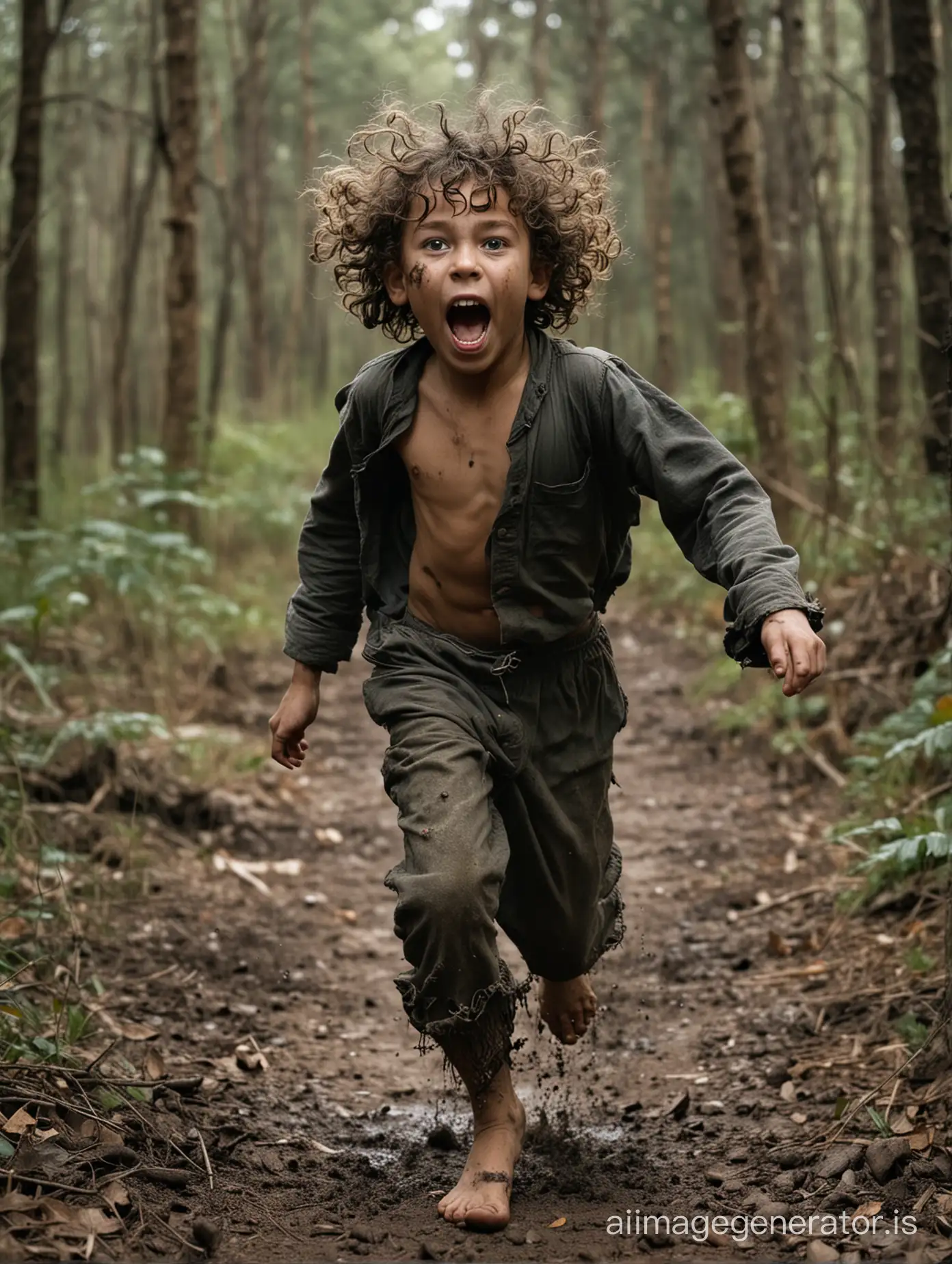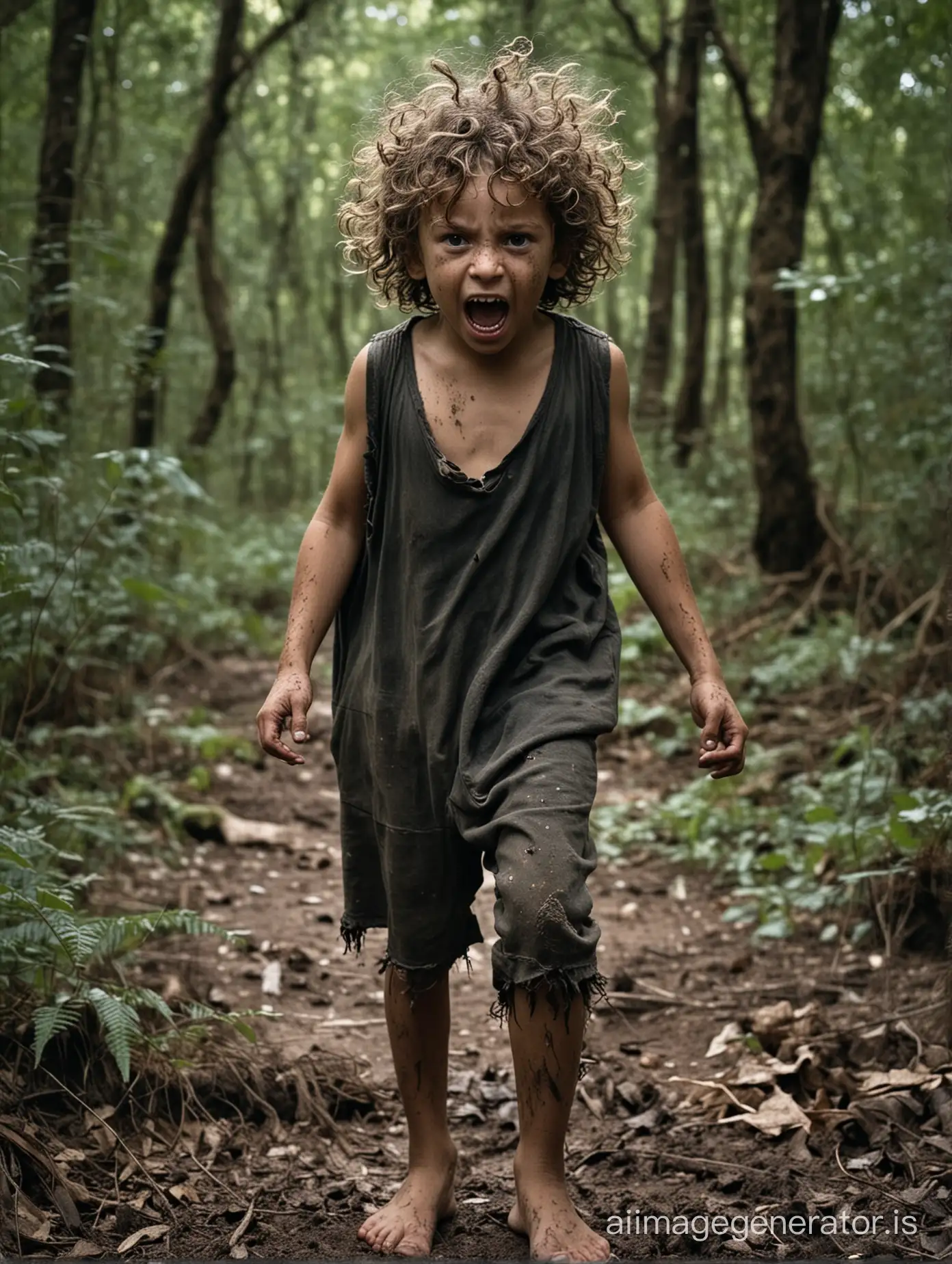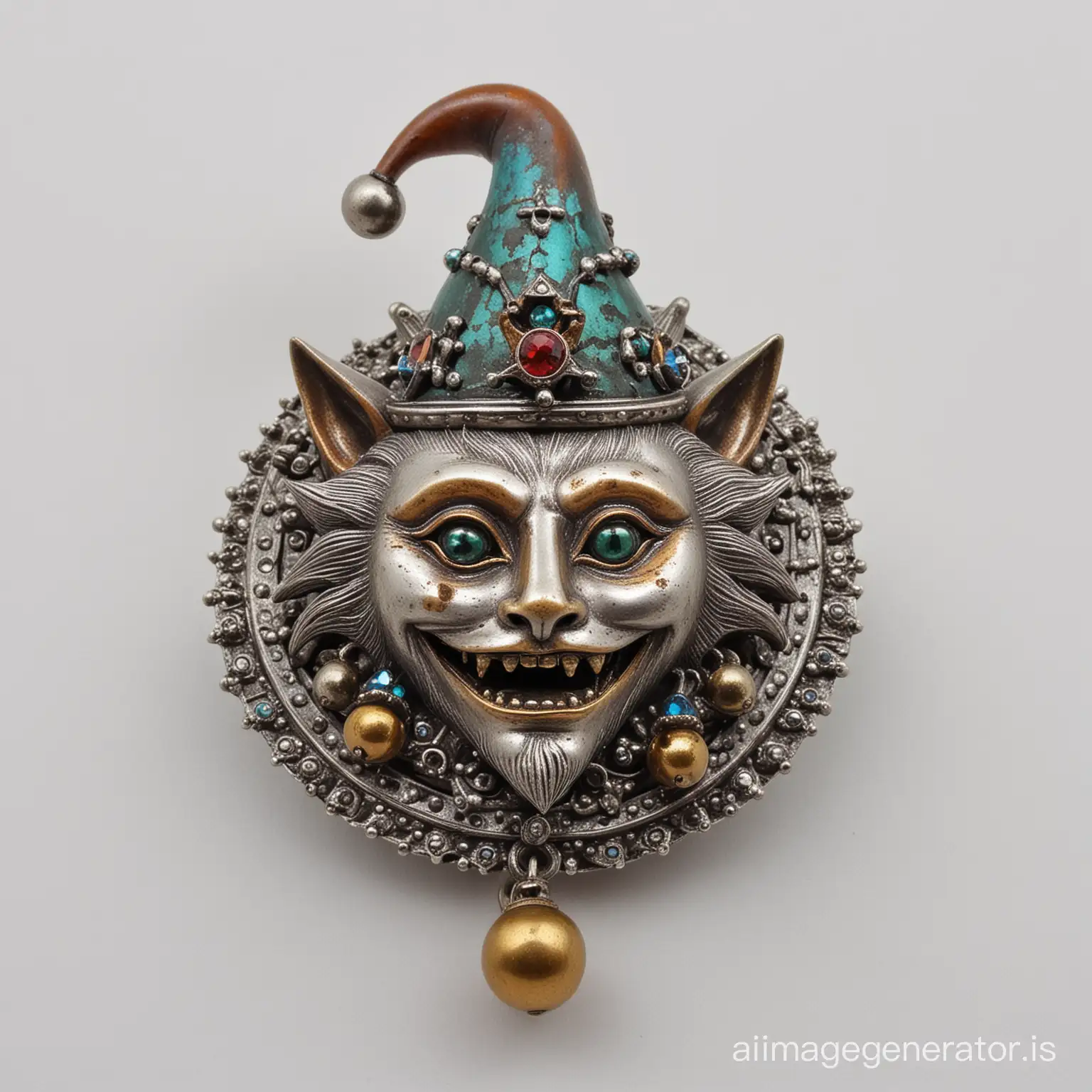Medieval Wild Child Sinister Figure in Tattered Garb on White Background
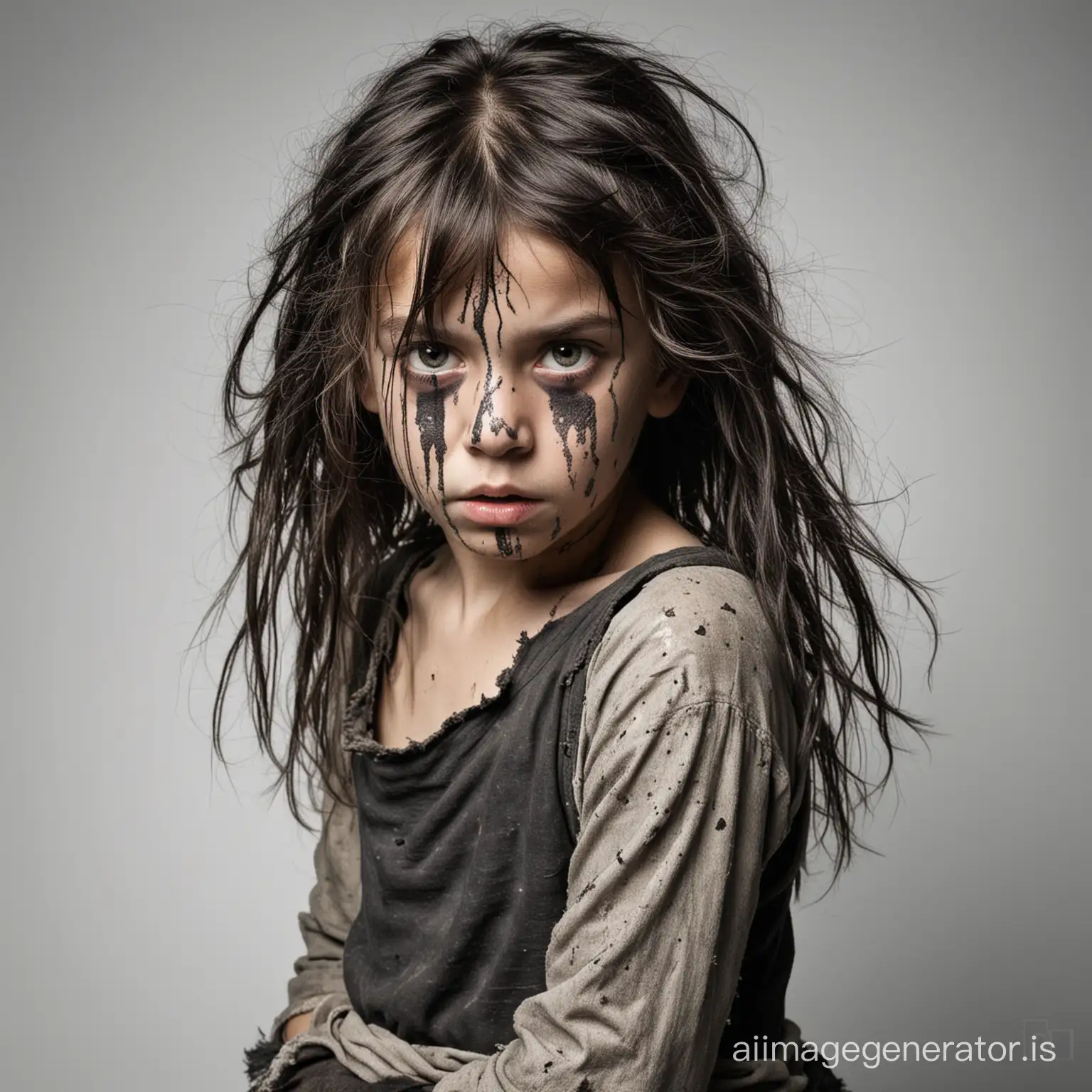
Image Prompt
Prompt
un enfant sauvage effrayant, très sale, habillé de v^etements troués et sales, les cheveux longs, noirs et sales, image sur fond blanc, période moyen âge
Model: realistic
Ratio: 1:1
Related Tags
Prompt Analyze
- Subject: The central focus of the image is a wild child, depicted as frightening and unkempt, suggesting a sense of danger or unpredictability. Their appearance is characterized by torn and dirty clothes, emphasizing their neglect or isolation. Setting: The picture is set against a plain white background, which enhances the contrast and intensity of the wild child's eerie presence. This minimalist backdrop draws attention to the character and creates a stark atmosphere. Background: The scene evokes a medieval period, suggesting a primitive or harsh environment where such a wild child might thrive or struggle to survive. The historical context adds depth to the narrative, hinting at themes of abandonment or social marginalization. Style/Coloring: The style of the image may lean towards dark or muted tones, enhancing the ominous mood. The color palette might include earthy hues to reflect the rustic setting, while shadows and highlights contribute to the overall dramatic effect. Action/Items: The wild child may be depicted in a dynamic pose, exuding a sense of primal energy or defiance. Surrounding objects could include remnants of a primitive lifestyle, such as crude tools or makeshift shelters, further reinforcing the character's rugged existence. Costume/Appearance: The wild child's attire is described as long, torn, and dirty, indicating a lack of care or socialization. Their disheveled appearance contrasts sharply with conventional standards of hygiene and grooming, emphasizing their outsider status. Accessories: The wild child may carry or wear items that reflect their survival instincts or resourcefulness, such as crude weapons or primitive ornaments. These accessories add layers to the character's personality and backstory, enriching the narrative.
